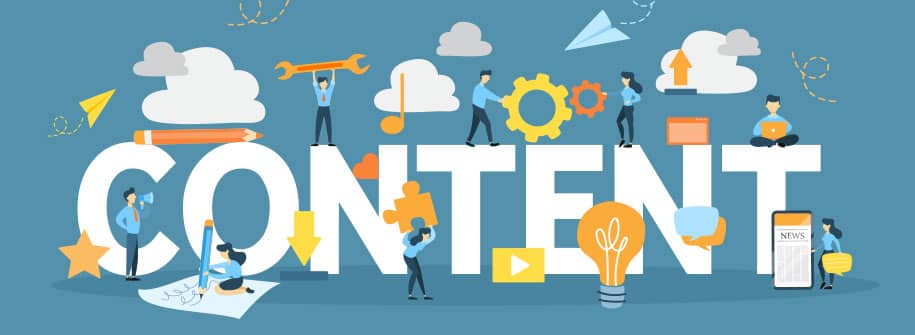More and more, today’s consumers expect online content to be available in their language. In fact, a 2012 article by the Harvard Business Review indicated that 72% of consumers spend most or all of their time on websites in their own language. Furthermore, 56% of respondents said that the ability to obtain information in their own language is more important than price.
With growing numbers of Arabic, Chinese, Russian, Portuguese and Spanish speakers online, it is safe to say this is no passing trend! One obvious example is the importance that Chinese has taken on in the real estate sector over the past few years.
But to genuinely engage your various clienteles, you need to see the bigger picture, beyond just translation: you need a content strategy that is impactful for each of your markets and meets individuals’ actual needs. Learn about the four key components for implementing the best multilingual content strategy for your company.
1) Adapt content to your target markets
By adapting the message, your brand can reach many different audiences. To do this, research your target markets, assess your brand’s positioning and adjust your message for each market, as needed.
You are undoubtedly aware of how consumer needs and expectations can vary from one culture to another. Well, this is the perfect opportunity to create relevant, customized content for your customers to show that you understand their needs.
You may need to change
- topics
- cultural references
- words and expressions
In your multilingual content strategy, even colours and images matter! The smallest details are so vital to perfectly adapting content.
2) Optimize content for search engines
Search engine optimization (SEO) contributes significantly to the performance of digital strategies globally. The words and expressions you use must not only be tailored to the target culture, but also to the audience’s online search habits. Even inaccurate expressions—if commonly used—must be considered.
The quality of your original and translated content directly affects how Google ranks your website as well. That’s why machine translation must be avoided at all costs. It’s also important to make sure that your descriptions and metadata are well translated. Before starting any localization project, your translation firm should therefore conduct a keyword search and analysis.
Want to know more? Read our blog post on the impact of translation on SEO.
3) Get acquainted with the best technology for your needs
Many content management systems (CMS), such as WordPress, Joomla and Drupal, make your life easier by integrating a number of multilingual management functionalities. For instance, the WPML plugin for WordPress allows users to access a large bank of translation agencies. Versacom is actually one of the largest agencies on that list! Click here to learn more.
Here are three tools to help you find interesting ideas for multilingual content:
- SEMrush, to determine the best keywords.
- AnswerThePublic, to analyze web users’ specific search queries.
- Google Trends, to find ideas for multilingual content for each country or target market.
And don’t forget to incorporate new multilingual tools, such as chatbots, and to keep in mind the increasing need for comment management in all languages.
For questions about the tools that will support your multilingual content strategy, your Language Service Provider (LSP) can help.
4) Choose your translation and localization firm wisely
The success of your multilingual content strategy depends first and foremost on your partnering with a reputable translation and localization agency. Opt for translators who are familiar with your brand as well as the regional subtleties of your target countries: understanding, for instance, that there’s a world of difference between the Spanish spoken in Mexico and that used in Spain, not to mention the significant challenges of adapting English or French to languages, such as Chinese and Arabic, which read from right to left.
A professional translation and localization firm
- has the industry expertise to effectively adapt for your company’s business sectors
- knows how to manage your content volume in every language
- understands the features of each digital platform
- implements a clear and proven management process
- offers the services of a dedicated localization team
- guarantees the best service-level agreement
- offers flexible, quick service, and
- optimizes data security.
As your multilingual content grows, your in-house team needs to be able to rely on a solid language partner. Versacom has both the expertise and the resources to support you every step of the way.





